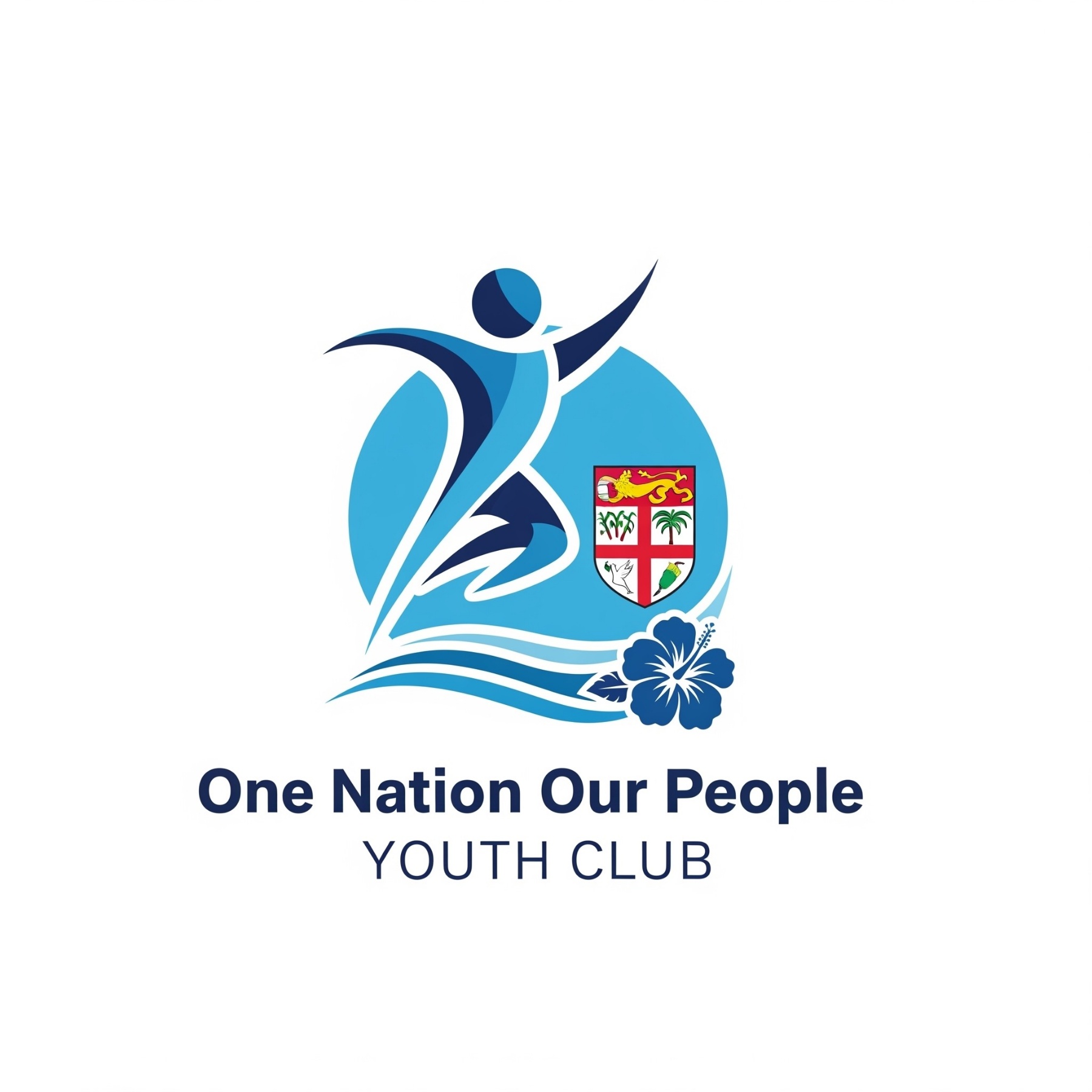Mental health is a critical yet often overlooked pillar of overall well-being. As the pressures of modern life intensify—especially for young people—issues like depression, anxiety, and emotional burnout are becoming increasingly common. Yet stigma, lack of awareness, and limited access to support continue to prevent individuals from seeking help. That’s why organizing campaigns, webinars, and support networks is essential in addressing mental health challenges and preventing suicide, particularly among youth.
The Growing Mental Health Crisis
Globally, depression is one of the leading causes of disability, and suicide is a major cause of death among adolescents and young adults. These statistics reveal a stark reality: mental health struggles are both widespread and deadly when left unaddressed. Young people today face academic pressure, social isolation, online bullying, identity struggles, and the anxiety of an uncertain future. Without open dialogue and accessible support, these pressures can become overwhelming.
Raising Awareness Through Campaigns
Public campaigns play a vital role in normalizing conversations around mental health. Whether it’s through community events, media outreach, or school-based initiatives, these campaigns aim to break the silence and dismantle the stigma that surrounds seeking help. They inform people about the signs of depression and anxiety, teach coping mechanisms, and direct individuals to available resources. A well-run campaign doesn’t just inform—it empowers.
Awareness efforts also give survivors and advocates a platform to share their stories. These narratives offer hope, reduce feelings of isolation, and remind others that healing is possible.
Education Through Webinars and Workshops
Knowledge is a powerful defense against mental health crises. Hosting webinars and interactive workshops allows individuals—especially youth, educators, and parents—to gain insights into mental health from professionals in a safe and accessible environment. Topics may include stress management, self-care strategies, building emotional resilience, and recognizing warning signs in peers.
These sessions can also train participants in suicide prevention techniques, such as how to conduct a mental health first response or how to support someone through a crisis. The more people are educated, the stronger our collective safety net becomes.
Creating Safe Spaces Through Support Networks
No one should have to face mental health challenges alone. Support networks—both peer-led and professionally guided—provide safe, judgment-free spaces for individuals to share their experiences and access help. Whether it’s a youth circle in a school, a virtual support group, or a community-based counseling initiative, these networks offer emotional relief and a sense of belonging.
Peer support is especially powerful among young people, who may feel more comfortable opening up to others who have faced similar struggles. Guided by trained facilitators or mental health professionals, these groups can become life-saving resources.
Targeting Youth Mental Wellness
Youth mental wellness requires a proactive, compassionate approach. Beyond treating mental illness, we must focus on promoting emotional health and building coping skills from a young age. Programs that foster self-awareness, mindfulness, empathy, and communication can strengthen a young person’s ability to navigate life’s challenges.
By embedding mental health education into school curriculums and community programs, we empower youth to take charge of their own well-being and become allies for their peers.
Conclusion
Mental health and suicide prevention are not just health issues—they are moral imperatives. When we organize awareness campaigns, host educational webinars, and build supportive communities, we create an environment where no one has to suffer in silence. By focusing on youth and early intervention, we protect futures, restore hope, and save lives. It starts with a conversation—but it continues with collective action, compassion, and commitment.
